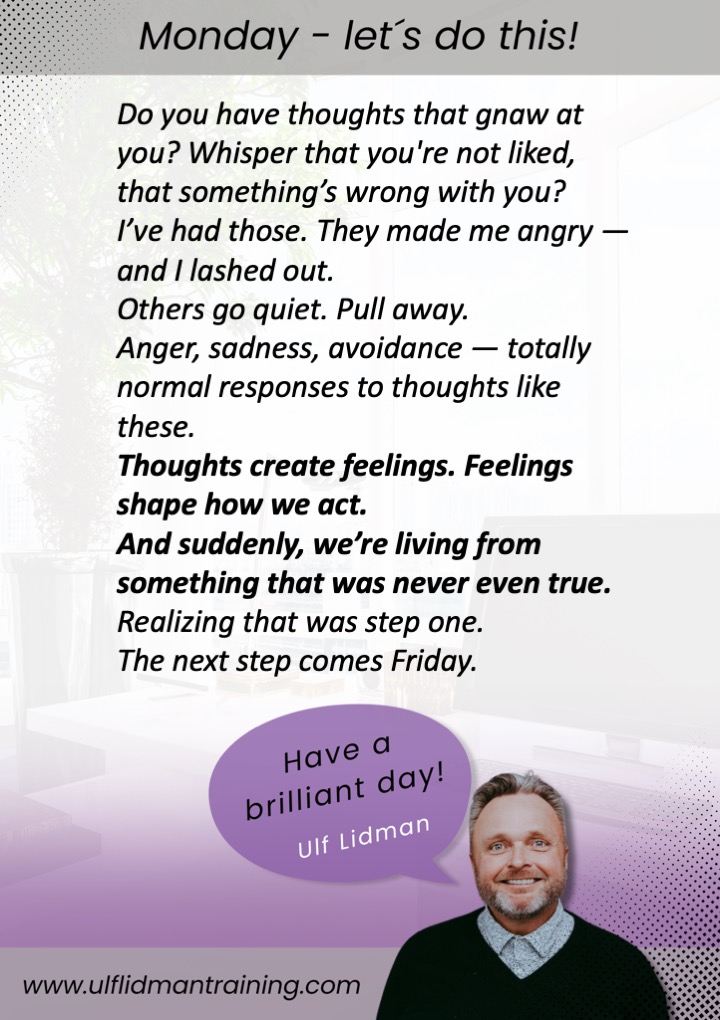Empathy is not a feeling. Empathy is not the same as compassion. Showing empathy for employees is no easy task. It requires an inner security and maturity as a leader, qualities that I, unfortunately, rarely come across.
We talk about empathy as if it were a soft issue. I’ve even heard leaders refer to empathy, crisis management, and handling conflict or personality clashes as “fluff.”
Dealing with people in crisis isn’t about putting on some sympathetic costume or stepping into a motherly role. In fact, more harm than good is done by those who can’t distinguish between sympathy and empathy.
A corporate leader in London once told me: “Dealing with employees in crisis or handling conflicts in different ways is part of the female managers’ role or HR’s job.” I hadn’t heard such an incompetent and sexist statement in a long time. It was chilling. It’s no coincidence that this large company has a significant amount of workplace issues.
Being able to lead employees in crisis is the responsibility of every leader. It’s not something you can delegate. Being a leader means having a relationship with your employees. And that relationship includes being a leader when the organization or the employee faces life’s tougher moments.
“I’m a boss, not a therapist!” one leader told me when the topic came up at lunch.
“Fantastic!” I replied. “Now we’ve got something to work on. You know the difference between a boss and a therapist – that’s fundamental for learning how to lead people in crisis!”
Perhaps the reason crises, sick leave, and mental health issues cost companies so much money is that leadership doesn’t know how to lead. I’m willing to say that’s exactly the case!
Empathy isn’t a soft issue – it’s hardware! It’s a leadership skill that’s often lacking, maybe because many don’t understand what empathy truly is. It’s anything but fluff!
Have a brilliant day!
Ulf Lidman





